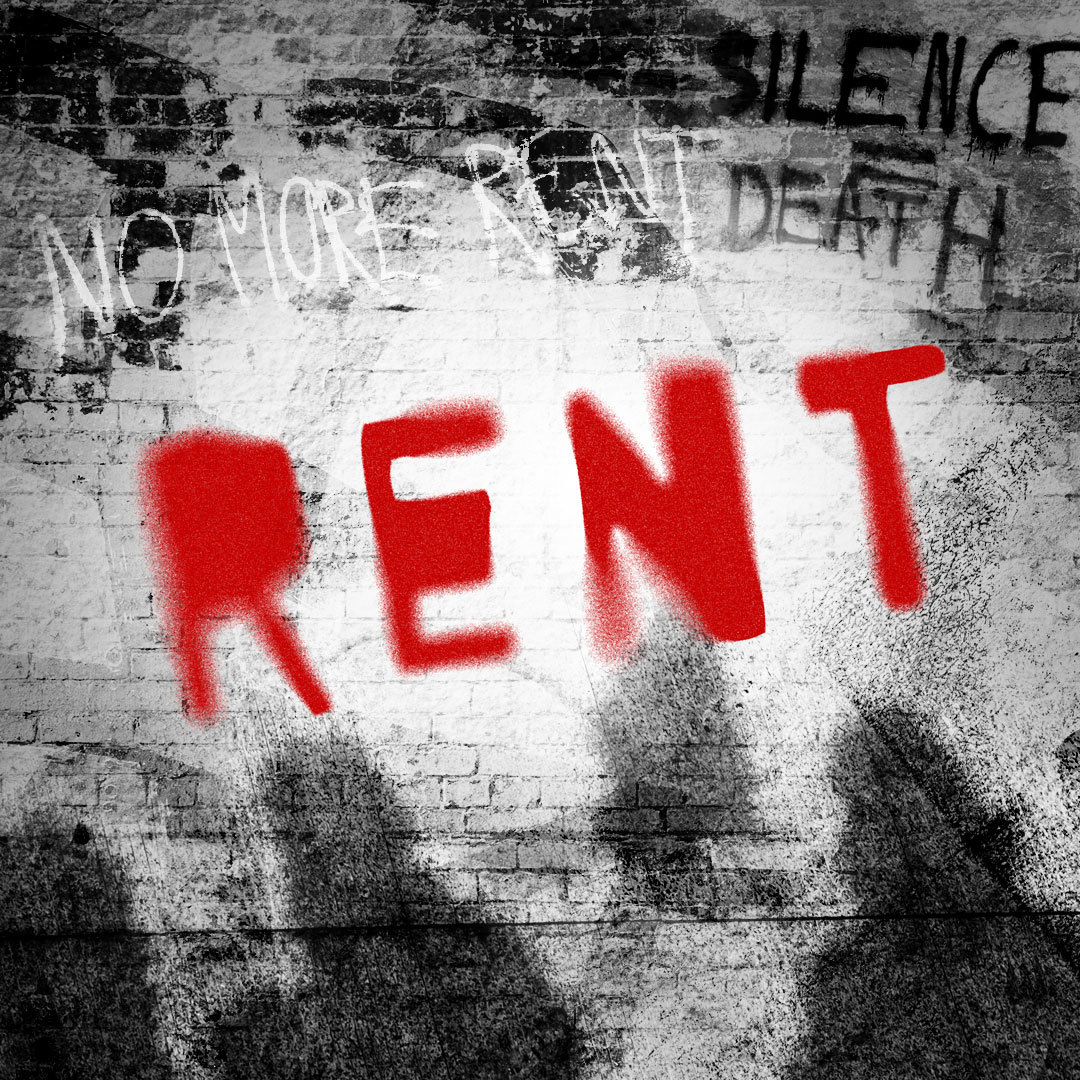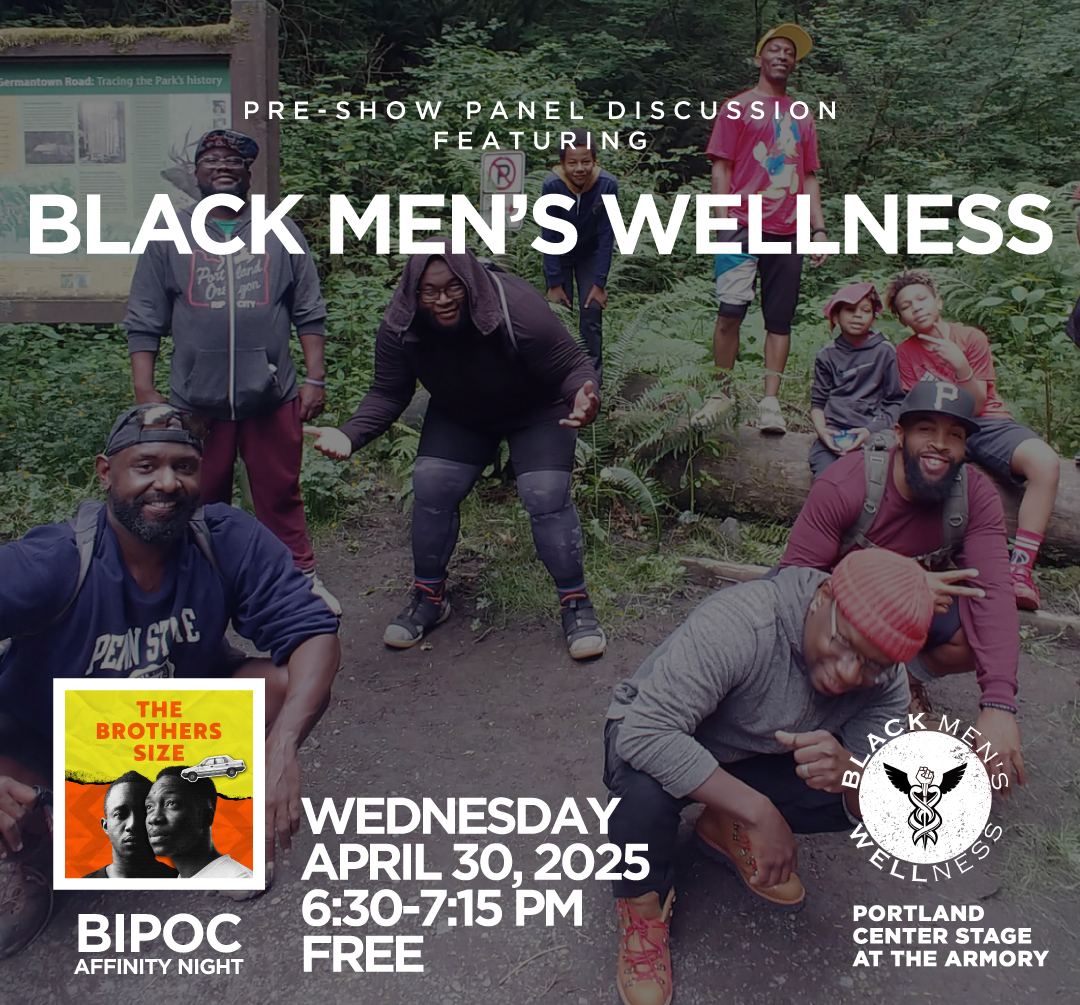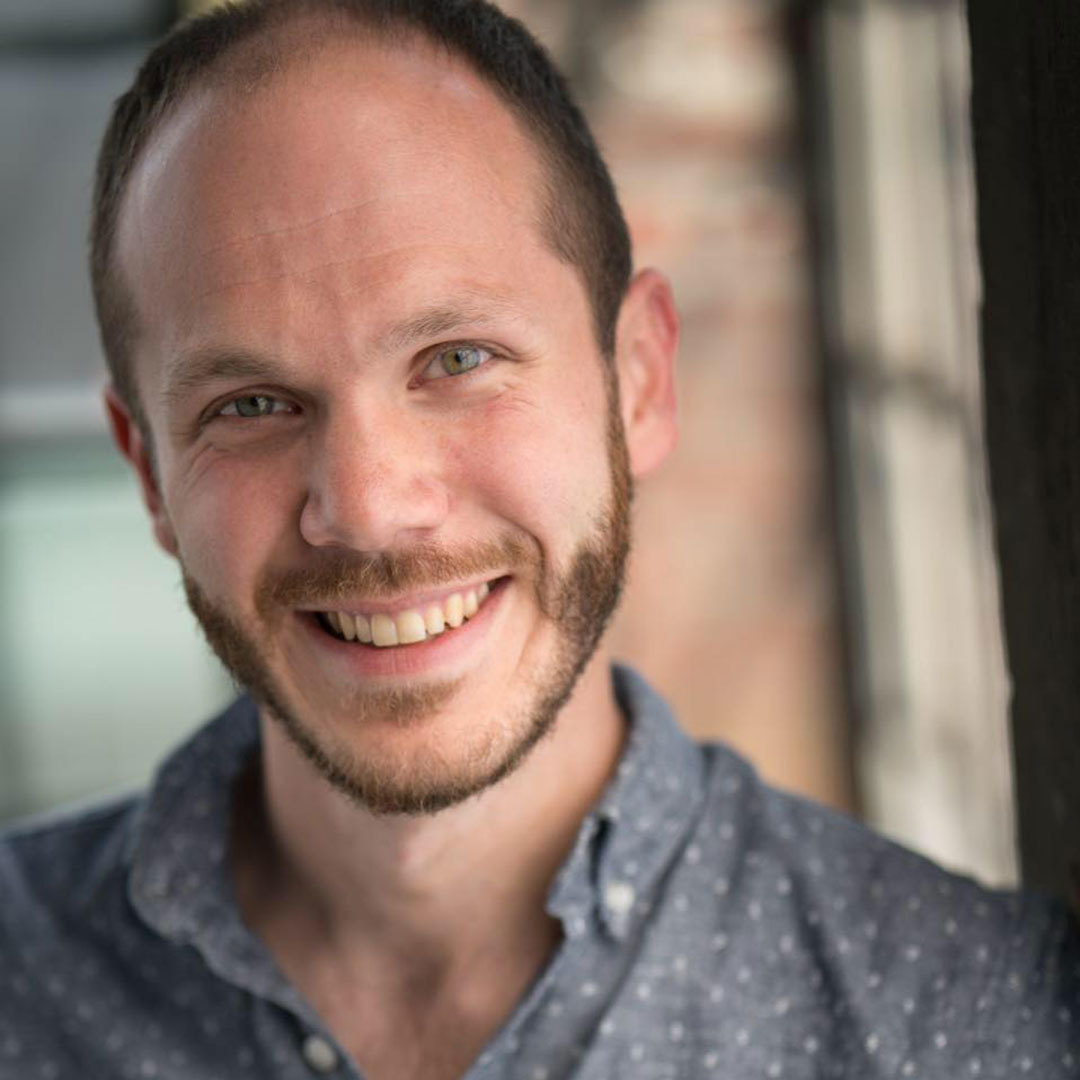AIDS, Arts, & Activism
Early Days
AIDS is a spectrum of conditions caused by infection with the human immunodeficiency virus (HIV), a retrovirus. Following initial infection, an individual may not notice any symptoms or may experience a brief period of influenza-like illness. Typically, this is followed by a prolonged incubation period with no symptoms. If the infection progresses, it interferes more with the immune system, increasing the risk of developing common infections such as tuberculosis, as well as other opportunistic infections and tumors which are otherwise rare in people who have a normal immune function.
While it is believed that the HIV-1 virus which causes AIDS was first transmitted to humans in the 1930s — likely the result of hunters coming in contact with the blood of monkeys in Cameroon — numbers suggest that there were upwards of 100,000 people living with HIV before the 1980s with the first identified case of AIDS in the U.S. in 1981. Early cases were called G.R.I.D or “Gay-Related Immunodeficiency” and it was believed that only homosexual men were capable of contracting the virus. In 1983, the CDC deemed four groups of people at risk for the virus, a population they called the 4-H Club: Hemophiliacs, Homosexual Men, Heroine Users, and Haitians (because many early cases were detected in Haiti).
By the end of 1983, however, researchers determined that people assigned female at birth could also contract and spread the virus and that more than 3,000 Americans were HIV positive. Of those, more than 1,200 died. In 1995, AIDS reached its peak in the United States. Complications from AIDS were the leading cause of death for adults 25 to 44 years old. In the U.S., 49,000 people died of AIDS-related causes.
Cultural Response
Early misinformation about the virus led to panic and stigmatization of those who had contracted it, and the federal government's refusal to address the epidemic resulted in dire consequences. Though officials were aware of AIDS as early as 1981, President Reagan did not publicly address it until 1985, and, by that time, more than 3,000 Americans had died. The growing spread was dubbed “The Gay Plague” by White House Press Secretary Larry Speaks, which resulted in nothing but laughter from the press pool. There were immediate bans on gay men donating blood — a restriction that still hasn’t been fully lifted and only became less rigid during the early days of the COVID-19 pandemic. Travel bans were put into place, which were not lifted until 2010 by President Obama. In 1984, Ryan White, a 13-year-old boy, was expelled from school for his status. Early thoughts were that only white, gay men were being impacted, but it soon became clear that because of disparities in access to healthcare, Black people were accounting for a disproportionate percentage of all those living with HIV. In 1997, researchers calculated that the government’s resistance accounted for 4,394 to 9,666 avoidable transmissions.
Art & Activism
While the official governmental response to the epidemic was slow and insufficient, the artists’ and activists’ responses were swift and, ultimately, effective. Below are some major moments in art and activism history that changed the shape of the crisis and led the way for many more movements that followed. There are countless artists and activists that are not included here.
- In 1982, Michael Callen and Richard Berkowitz, two gay men living with AIDS in New York City, published How to Have Sex in an Epidemic, which helped spread the idea that safe sex could be used as protection against spreading the epidemic – an idea that hadn't yet become prevalent in the medical community. The pamphlet was one of the first places that proposed that men should use condoms when having sex with other men as a protection against AIDS.
- In 1982, the AIDS Coalition to Unleash Power (ACT UP) was formed in New York City by approximately 300 people, prompted by playwright Larry Kramer. In October 1987, at the Second National March on Washington for Lesbian and Gay Rights, the organization had its first major action. Together, the members of ACT UP waged a multifaceted attack on the corporations, institutions, governments, and individuals who stood in the way of AIDS treatment for all. They played offense, taking charge in a wide array of actions that included storming the Food and Drug Administration (FDA) and the National Institute of Health (NIH) in Washington, D.C., as well as battling The New York Times, the Catholic Church, and the pharmaceutical industry to get results. Visit their Historical Archives.
- In 1985, Elton John, Gladys Knight, Stevie Wonder, and Dionne Warwick recorded a cover of the 1982 song "That's What Friends Are For" and released it as a charity single, with a portion of the proceeds going for AIDS research and prevention. In 1986, the song won a Grammy Award.
- In 1985, activist Cleve Jones conceived the NAMES Project Memorial Quilt. Panels 3-by-6 feet, made typically of fabric, are created in recognition of a person who died from AIDS-related complications. The quilt currently lives in San Francisco and weighs 54 tons; it is the largest community art project in the world. The NAMES Project was nominated for a Nobel Peace Prize in 1989.
- In 1987, Princess Diana made international headlines after she shook hands with an HIV -positive man.
- In 1991, the Red Ribbon became the international symbol of AIDS Awareness.
- Connie Norman was an AIDS, gay, and transgender rights activist with ACT UP/LA. Beginning in 1991, she was the host of the first daily commercial talk radio show about gay issues in Los Angeles and co-hosted a television show. After her death from AIDS, ACT UP scattered her ashes on the White House lawn.
- On October 11 1992, activists launched the Ashes Action, where they marched to the White House and deposited the ashes of loved ones lost to AIDS on the White House Lawn.
- Robert Garcia created The House of Color video collective – a group of Black and Brown LGBTQ+ artists who created film and photography in response to not only the AIDS epidemic but also queerness and decentralizing whiteness in beauty standards. Robert was quoted as saying, “So, I would whisper to myself as I was marching, shouting, demonstrating, fighting back, ‘Robert, every step is a tear you don’t want to cry, every arrest is an act of hope.’ I don’t know what ACT UP represents, a little order in this chaos we know as the AIDS Crisis”. He died in 1993 at age 31.
- Artist Keith Haring was a vocal artist who created iconic public art pieces. Throughout his career, Haring devoted most of his time to public works, which often carried social messages. He produced more than 50 public artworks between 1982 and 1989 in dozens of cities around the world, many of which were created for charities, hospitals, children’s daycare centers, and orphanages. He later died of AIDS complications in 1990.
- The Black AIDS Institute (The Institute), formerly known as the African American AIDS Policy Training Institute, is a non-profit charitable organization founded in 1999 by Phill Wilson to promote awareness and prevent the spread of HIV and AIDS by targeting Black communities. Their motto is "Our People, Our Problem, Our Solution."
Living With The Current State of Things
Since the ‘80s, AIDS research and innovation have made living with HIV and AIDS more manageable. Zidovudine, commonly known as AZT, was introduced in 1987 as the first treatment for HIV. AZT is used in combination with other anti-HIV drugs to treat (but not cure) HIV. Scientists also developed treatments to reduce transmission during pregnancy. In 1996 in Vancouver, researchers at the 11th International Conference on AIDS introduced the concept of highly active antiretroviral therapy (HAART). This regimen requires people with HIV to take a combination of at least three medications daily. HAART, which is commonly known as antiretroviral therapy, became the new treatment standard in 1997. As a result of HAART, deaths from HIV decreased by 47% in the United States.
In 2007, Timothy Ray Brown became the first person to be cured of HIV after he received a stem cell transplant to help treat his leukemia. Brown’s viral load remained undetectable until his death from leukemia in 2020. Only a handful of people around the world have been deemed cured of HIV, but HAART has led to HIV-positive people living longer overall. Between 2010 and 2018, HIV-related deaths among people 13 years old and up fell by 36.6%, according to a CDC report.
The FDA approved cabotegravir (Vocabria) and cabotegravir/rilpivirine (Cabenuva) recently in January 2021. Cabenuva, which is taken monthly, is the first FDA-approved injectable medication for HIV. By August 2021, the FDA had approved nearly 50 brand-name treatment options for HIV. These medications are effective, but expensive (only a few generic versions with lower costs are available).
Another innovation, PrEP, a daily pill, was introduced in July 2012. This medication is used to reduce the risk of receiving HIV from sex by more than 90%. According to a 2021 report, only 23% of people who would benefit from PrEP were prescribed the medication in 2019. Currently, researchers are using Covid-19 vaccine research to help guide them on the journey to finally finding a cure.
Portland Center Stage is committed to identifying & interrupting instances of racism & all forms of oppression, through the principles of inclusion, diversity, equity, & accessibility (IDEA).





















